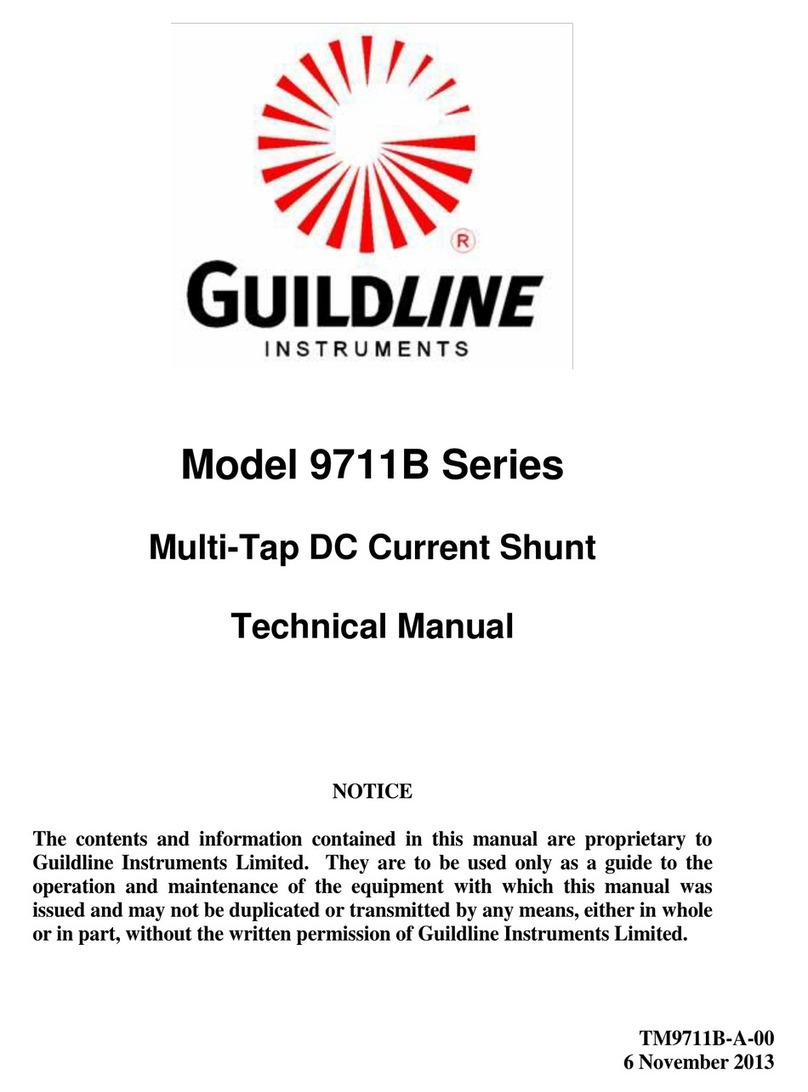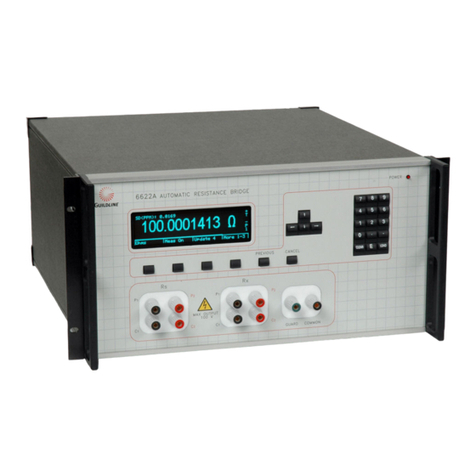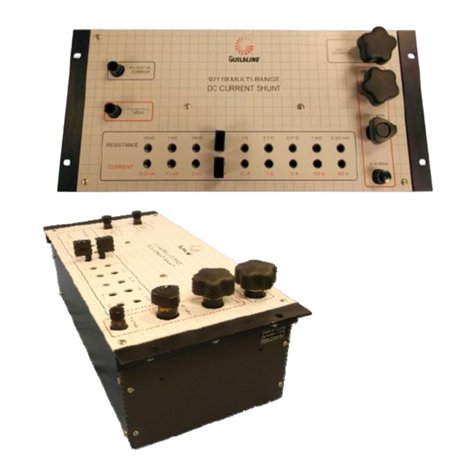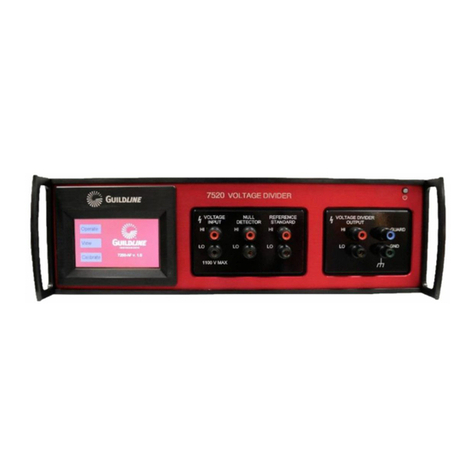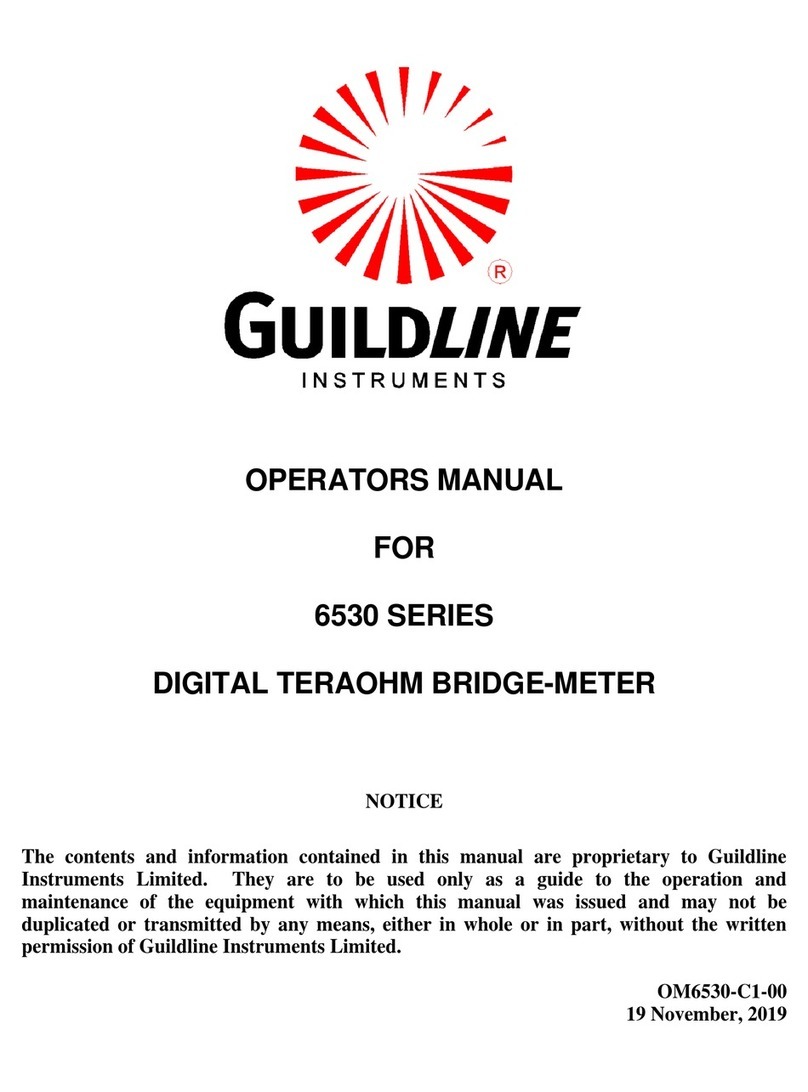
iii
4.2.3. 6675A Primary Current Ix.......................................................................................................................4-13
4.2.3.1. Low-Measurement Mode...............................................................................................................4-13
4.2.3.2. Normal-Measurement Mode..........................................................................................................4-14
4.2.3.3. High-Measurement Mode..............................................................................................................4-14
4.2.4. 6675A Signal Acquisition.......................................................................................................................4-17
4.2.5. 6675A Measurement Cycle - 4-Terminal "Normal-".........................................................................4-19
4.2.6. Graphical Representation of Turns Switching and nV readings............................................................4-21
4.3. NANOVOLT DETECTOR CPU OPTIONS...............................................................................................4-23
4.3.1. Dip Switches............................................................................................................................................4-23
4.3.1.1. Option Switch 1 - 50/60 Hz Select.....................................................................................................4-23
4.3.1.2. Option Switches 2 to 8 - ADC Beta...................................................................................................4-23
4.3.2. Nanovolt Detector Principles of Operation. ...........................................................................................4-24
4.3.2.1. Introduction. .......................................................................................................................................4-24
4.3.2.2. Nanovolt Detector Power Supply (19103.01.02)..............................................................................4-24
4.3.2.3. Nanovolt Detector CPU PCB (19855.01.02).....................................................................................4-24
4.3.2.4. Analog Interface.................................................................................................................................4-25
4.3.2.5. Central Processing Unit......................................................................................................................4-25
4.3.2.6. Memory ..............................................................................................................................................4-26
4.3.2.7. Serial Fibre-Optic Communication Interface.....................................................................................4-26
4.3.2.8. Gpib Interface.....................................................................................................................................4-26
4.3.3. Analog To Digital (A/D) Converter (19502.01.02)................................................................................4-26
4.3.3.1. Voltage To Current (V/I) Converter. .................................................................................................4-28
4.3.3.2. High Speed Low Noise Current Buffer. ............................................................................................4-28
4.3.3.3. Precision References. .........................................................................................................................4-28
4.3.3.4. Precision Current Sink........................................................................................................................4-28
4.3.3.5. Current Mode Switch.........................................................................................................................4-28
4.3.3.6. Start/Stop Integrator Switch...............................................................................................................4-28
4.3.3.7. The Integrator.....................................................................................................................................4-29
4.3.3.8. Charge Balance Sampler....................................................................................................................4-29
4.3.3.9. Master Clock.......................................................................................................................................4-29
4.3.3.10. Conversion Timer..........................................................................................................................4-29
4.3.3.11. Interconversion Pause. ..................................................................................................................4-29
4.3.3.12. A/D Trigger...................................................................................................................................4-30
4.3.3.13. 12 BIT A/D Converter...................................................................................................................4-30
4.3.4. Nanovolt Detector Input Amplifier PCB (19503.01.02)........................................................................4-30
4.3.4.1. High Input Impedance Low Noise Amplifier....................................................................................4-30
4.3.4.2. Input And Range Selection. ...............................................................................................................4-31
4.3.4.3. Charge Pump......................................................................................................................................4-31
4.3.4.4. Attenuator...........................................................................................................................................4-31
4.3.4.5. Power Supplies...................................................................................................................................4-31
4.3.4.6. Overload Protection............................................................................................................................4-31
4.3.5. Nanovolt Detector Software....................................................................................................................4-32
5. REMOTE CONTROL................................................................................................5-1
5.1. INTERFACES...................................................................................................................................................5-1
5.2. IEEE-488 (GPIB) INTERFACE .....................................................................................................................5-1
5.2.1. Controller...................................................................................................................................................5-2
5.2.2. IEEE-488 Responses.................................................................................................................................5-2
5.2.3. Interconnecting Cable And IEEE-488 Connector....................................................................................5-2
5.2.4. Typical System..........................................................................................................................................5-2
5.2.5. Address And Talk/Listen Selection. .........................................................................................................5-3
5.2.6. IEEE-488 Electrical Interface. ..................................................................................................................5-3
5.2.7. IEEE-488 Input Buffering.........................................................................................................................5-3
